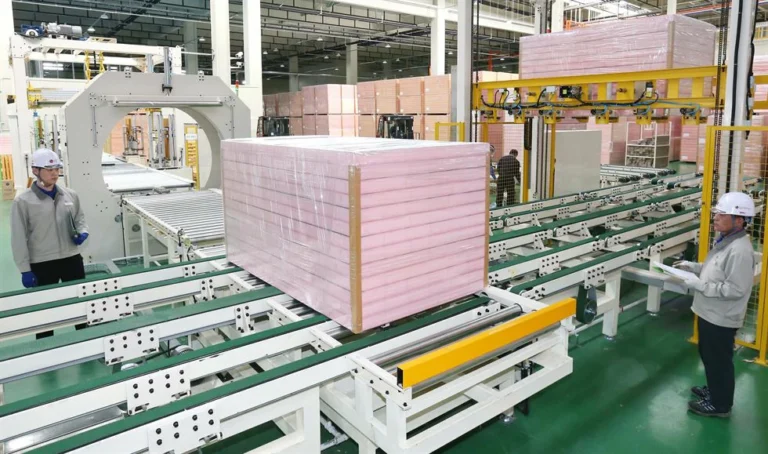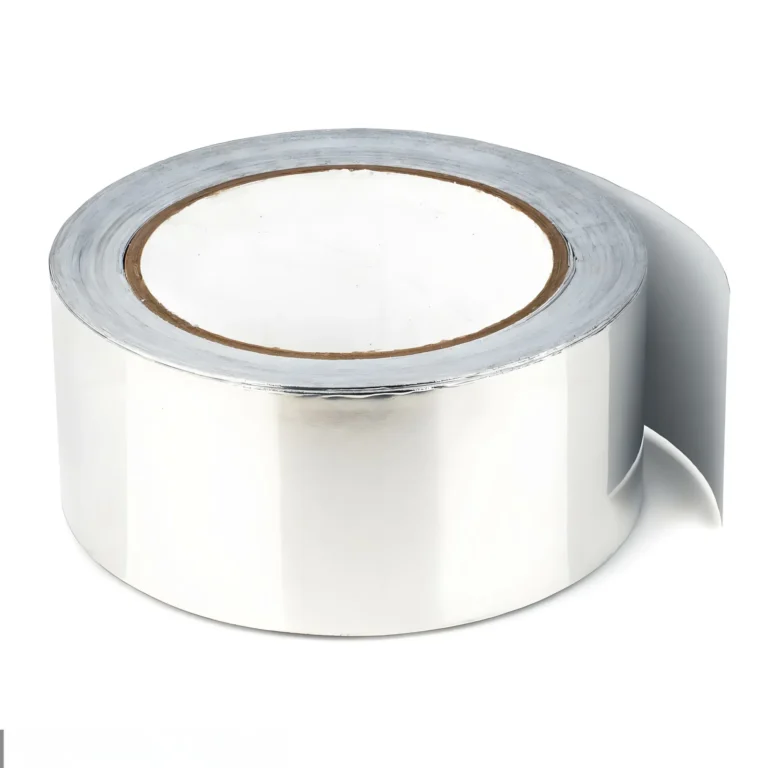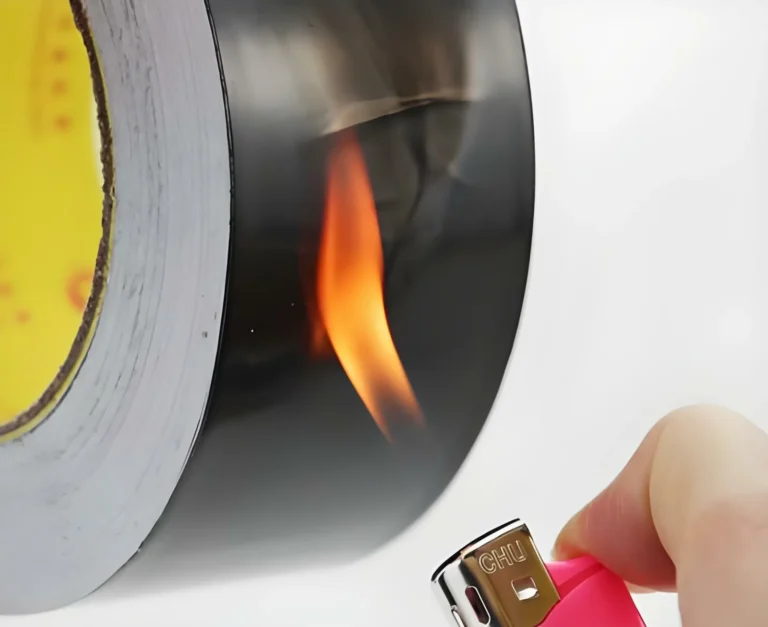Whether you need a heat shield on your car depends on several factors including the design of your vehicle, its intended use, and the conditions under which it operates. Here’s a step-by-step analysis to determine if a heat shield is necessary for your car:
Understanding the Purpose of Heat Shields
Heat shields are designed to protect components of a vehicle from excessive heat generated by the engine and exhaust system.They are typically made from metal or other heat-resistant materials and can be found in various locations such as near the exhaust system, around the engine bay, and close to the fuel lines.
Heat Shield Function and Location:

Here’s a detailed look into the purpose and functionality of heat shields:
1.Protection from Heat
Component Safety: The primary role of heat shields is to safeguard critical vehicle components from the high temperatures produced by the engine and exhaust systems. This includes protecting wiring, plastic parts, hoses, and fluids that could degrade or combust when exposed to high heat.
Vehicle Structure: Heat shields also help maintain the integrity of the vehicle’s structure, including the bodywork and paint, which can be damaged by prolonged exposure to heat.
2.Improving Performance
Engine Efficiency: By reflecting heat away from the engine bay, heat shields help in maintaining a cooler engine environment.This can improve the efficiency and performance of the engine, as cooler air is denser and contains more oxygen for combustion.
Exhaust Velocity: Heat shields are often used around exhaust components to keep the exhaust temps.This helps maintain the velocity of exhaust gases, which improves the efficiency of the exhaust system and by extension, the overall vehicle performance.
3.Enhancing Comfort
Cabin Temperature: By insulating the cabin of the vehicle from engine and exhaust heat, heat shields contribute to a more comfortable and cooler interior environment, especially in high-performance vehicles or in vehicles operating in hot climates.
Noise Reduction: Some heat shields are designed to double as sound dampeners, reducing the noise produced by the vibrating metal of the exhaust system, thereby leading to a quieter ride.
4.Environmental Protection
Emission Control: Heat shields help in managing the temperatures of emission control devices like catalytic converters, which require high temperatures to function effectively.By keeping these components at optimal temperatures, heat shields assist in reducing harmful emissions.
Fuel Efficiency: By optimizing engine and exhaust system performance through temperature regulation, heat shields indirectly contribute to better fuel efficiency and lower emissions.
5. Preventing Accidental Burns
Safety During Maintenance: Heat shields are vital for safety during vehicle maintenance and repairs.They protect mechanics and vehicle owners from burns while working near the engine or exhaust systems shortly after the vehicle has been operated.
6.Regulatory Compliance
Safety Standards: In many regions, automotive manufacturers are required to include heat shields to meet safety regulations aimed at preventing fires and ensuring vehicle safety under various operating conditions.
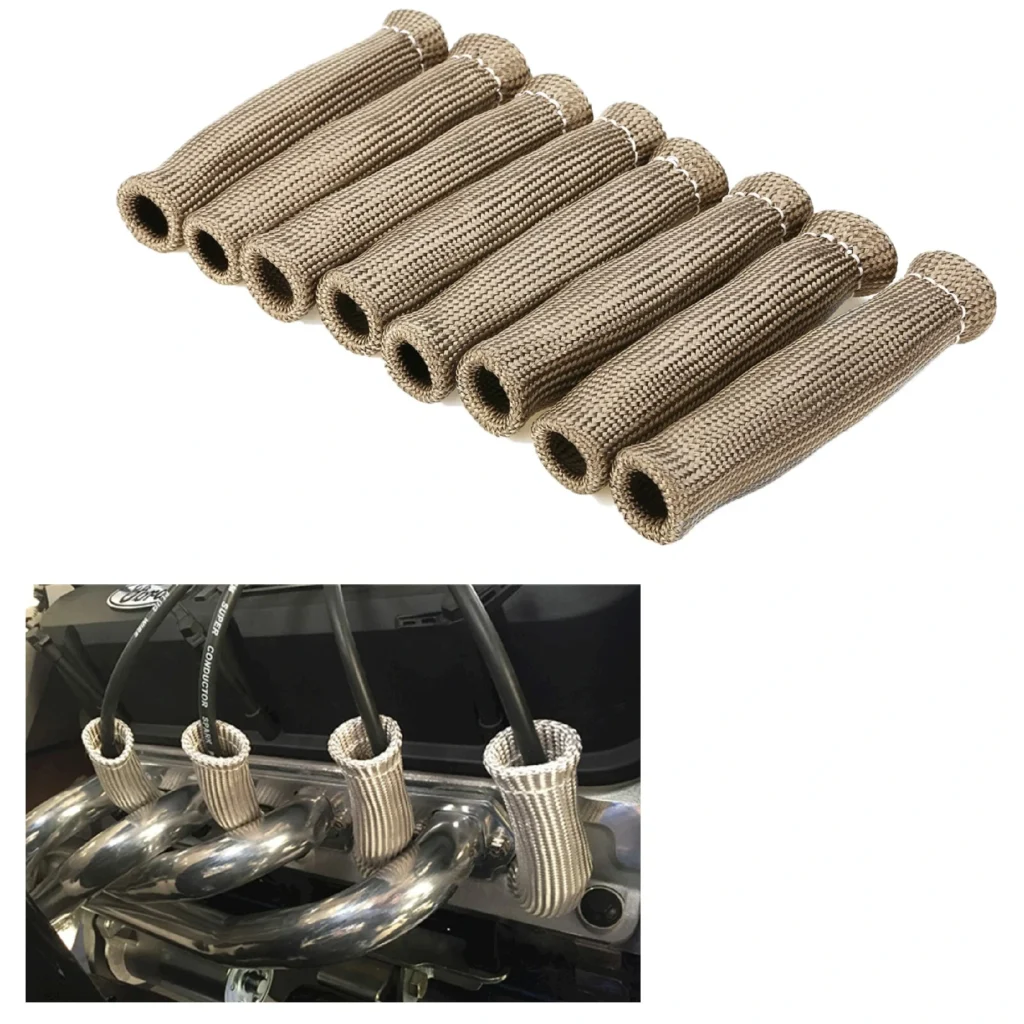
Advantages of Adding a Heat Shield to Your Vehicle
Heat shields are a critical component in safeguarding your vehicle’s performance and longevity. By protecting sensitive components from thermal damage, these shields ensure that your car’s vital parts remain in optimal condition. For instance, the exhaust system can reach temperatures up to 750 degrees Fahrenheit, which can cause significant harm to nearby wiring and hoses if not properly shielded.
Moreover, heat shields contribute to improved engine performance and efficiency. By managing the temperature within the engine compartment, these shields help maintain the engine’s operating temperature, which is typically around 200 degrees Fahrenheit. This temperature control can lead to better fuel economy and reduced wear on engine components.
Safety is another key advantage of installing a heat shield. By reducing the risk of fire, these shields provide peace of mind while driving. According to the National Fire Protection Association, vehicle fires account for a substantial number of property damage incidents each year. A well-placed heat shield can prevent a small issue, like an overheated exhaust component, from escalating into a full-blown fire.
Heat shields contribute to a more comfortable driving experience. By keeping the cabin cooler, they reduce the strain on the vehicle’s air conditioning system, which can lead to improved A/C performance and efficiency. This is particularly beneficial in hot climates or during the summer months when temperatures can soar.
Identifying the Need for a Heat Shield
Determining whether your vehicle requires a heat shield involves recognizing certain signs and considering various factors that affect heat management. One clear indicator is excessive heat under the hood. If you notice temperatures that consistently exceed the normal operating range, such as an engine bay temperature exceeding 200 degrees Fahrenheit, it’s a sign that a heat shield could be beneficial.
Another sign is the melting or degradation of components. If you find that plastic parts, wiring insulation, or even the vehicle’s interior are showing signs of heat damage, this is a direct signal that the heat levels are too high. In some cases, you might even detect a burning smell, which can be a warning of potential thermal issues.
When assessing the need for a heat shield, consider the type of vehicle you drive. High-performance cars, for example, often generate more heat due to their powerful engines and higher RPMs. Similarly, vehicles with aftermarket modifications, such as upgraded exhaust systems or turbochargers, may require additional heat protection.
Driving conditions also play a significant role. If you frequently drive in hot climates or stop-and-go traffic, your vehicle is more likely to experience heat buildup. Off-road driving or racing, where engines are pushed to their limits, also increases the need for effective heat management.
It’s important to note that while some vehicles come equipped with adequate heat shielding from the factory, others may not. Checking your vehicle’s specifications and consulting with automotive experts can help you determine if additional heat protection is necessary.
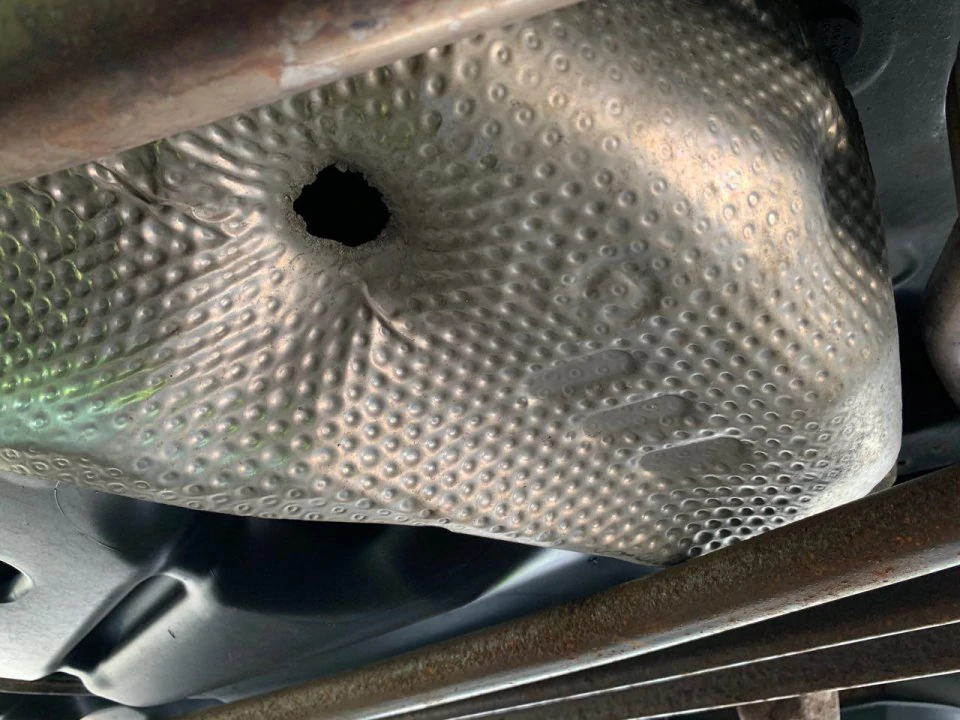
Evaluating Vehicle Design and Manufacturer Recommendations
Manufacturer’s Design: Check if your vehicle comes with factory-installed heat shields. Most modern vehicles, especially those with tighter engine bays or higher performance engines, include them as standard components.
Manufacturer’s Recommendations: Refer to your vehicle’s owner manual or contact the manufacturer to understand their recommendations regarding heat shields. Some vehicles might not need additional heat shielding beyond what was originally installed.
Decision Flow: Checking Vehicle Design:

Assessing Driving Conditions and Environment
Regular Driving: For most standard driving conditions, the original heat shielding provided by the manufacturer is sufficient.
High-Performance or Racing: If the vehicle is used for high-performance driving or racing, additional heat shielding might be necessary due to the higher temperatures generated.
Extreme Conditions: Vehicles operated in extremely hot climates or in taxing conditions such as towing or carrying heavy loads might benefit from extra heat protection.
Driving Conditions Impact:
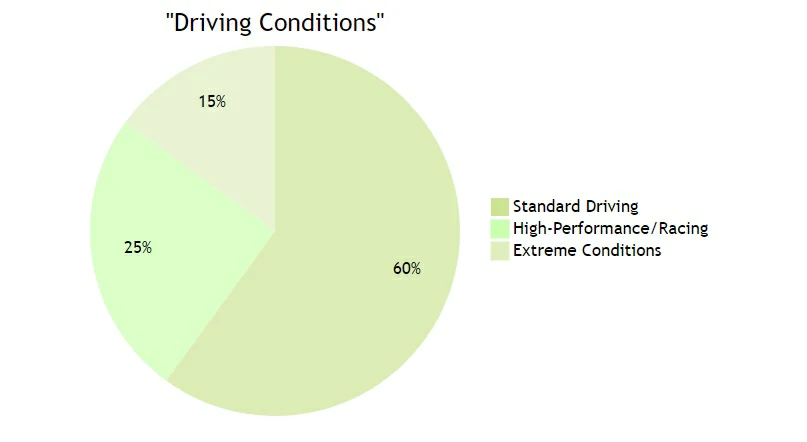
Checking Symptoms of Heat Issues
If you notice symptoms such as the smell of burning from under the vehicle, discoloration of body panels, or deterioration of vehicle components near heat sources, it might indicate inadequate heat shielding.
Symptoms Checklist:
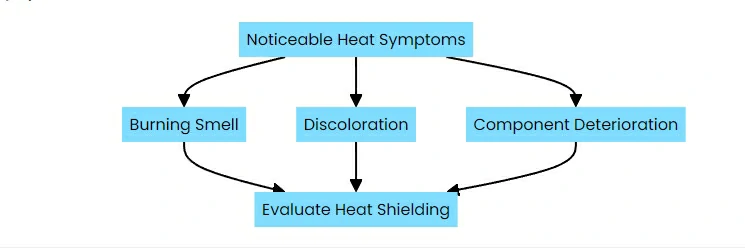
Safety and Protection
Protecting Components: Additional heat shields can help protect critical vehicle components such as brake lines, electrical wiring, and fuel tanks from heat damage, potentially extending their lifespan and reducing the risk of heat-related failures.
Safety: Installing heat shields can also be a safety measure, preventing accidental burns from hot components when performing maintenance or checks under the hood or beneath the vehicle.
Safety Benefits of Heat Shields:
Learn More About:What material is used for a car heat shield?

Consultation with Professionals
If you are unsure about the need for additional heat shielding, it’s advisable to consult with a professional mechanic or an automotive heat shield insulation management specialist. They can provide guidance based on a thorough inspection of your vehicle and its specific needs.

In summary, while most cars come equipped with adequate heat shielding for everyday use, certain conditions such as high-performance driving or operation in very hot climates might necessitate additional heat protection.
What is a heat shield in a car, and what does it do?
A heat shield in a car is a protective barrier designed to shield sensitive components from excessive heat generated by the engine, exhaust system, or other high-temperature sources. It helps to maintain the performance and longevity of these components, improves overall vehicle reliability, and enhances passenger comfort by reducing heat transfer to the interior.
where is the heat shield on a car?
In a car, heat shields are used to protect various components and the vehicle’s occupants from excessive heat generated by the engine, exhaust system, and other hot components. The location and type of heat shield can vary depending on the vehicle’s design and the specific component it is intended to protect. Here are some common locations for heat shields in a car:
- Exhaust System: Heat shields are often found around the exhaust manifold, catalytic converter, and exhaust pipes. These components can get very hot, and the heat shields help to dissipate heat and prevent it from affecting nearby parts or the vehicle’s interior.
- Under the Hood: There may be heat shields installed under the hood to protect the engine compartment and components from radiant heat.
- Floor Pan: Some vehicles have heat shields installed on the floor pan, especially near the transmission tunnel or where the exhaust system runs close to the floor. These shields protect the vehicle’s interior and occupants from heat coming from below.
- Wheel Wells: Heat shields may be placed in the wheel wells to protect the tires and brake components from heat generated by the brakes or exhaust system.
- Engine Bay: Certain components within the engine bay, such as the turbocharger or intercooler, may have their own heat shields to protect surrounding parts.
- Fuel Tank: In some vehicles, a heat shield may be placed around the fuel tank to protect it from external heat sources.
- Battery Compartment: Some vehicles have heat shields to protect the battery from excessive heat, which can reduce its lifespan and performance.
Heat shields are typically made from materials that can withstand high temperatures, such as aluminum, stainless steel, or specialized heat-resistant fabrics. They may be designed as solid panels or as part of a heat shielding system that includes insulation and reflective materials.
If you suspect that a heat shield on your car is damaged or missing, it’s important to have it inspected and replaced as necessary to prevent overheating, component damage, or potential safety hazards.
How often should heat shields be inspected or replaced?
Heat shields should be inspected during regular vehicle maintenance checks. The frequency of inspection may vary depending on the vehicle’s usage and the conditions it is exposed to. If a heat shield is found to be damaged, corroded, or loose, it should be repaired or replaced as soon as possible.
